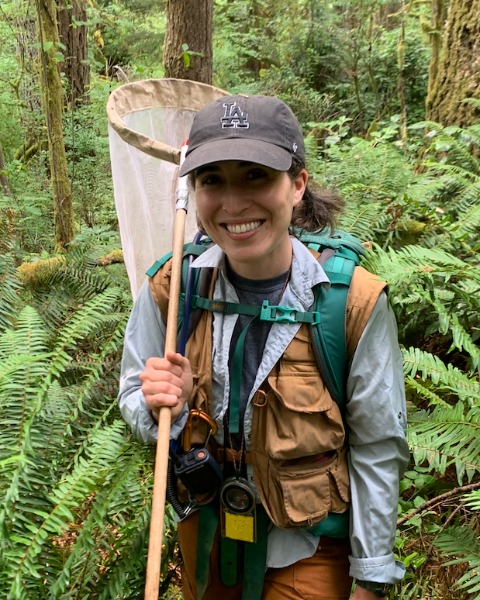SysEB
Student Competition 10-Minute Paper
Grad 10-min: SysEB, Climate Change and Biogeography
Modeling the potential distribution of the invasive little fire ant, Wasmannia auropunctata, in the southeastern US
On-Demand

Virginia Rose Seagal (she/her/hers)
University of Florida
Eugene, Oregon
Andrea Lucky
University of Florida
Gainesville, Florida- RG
Robert Guralnick
Florida Museum of Natural History
Gainesville, Florida
Presenting Author(s)
Co-Author(s)
The little fire ant (LFA), Wasmannia auropunctata (Roger), is a problematic invasive species found in Florida that negatively impacts ecological communities and agriculture throughout its non-native range. The geographic distribution of LFA is largely limited by temperature constraints but it has also been found to be closely associated with human-modified habitats. As such, the threat posed by LFA may shift as climate change and habitat modification progresses, making certain regions become more suitable for establishment. Despite these conditions, the extent of this species’ ability to spread further throughout Florida and into the southeastern US is unknown. The potential range of LFA can be predicted using ecological niche modelling to assess environmental conditions and extrapolate to new areas or time periods. This ongoing study models the potential distribution of LFA in Florida to understand how changing climate and habitat will affect its range. I utilize ecological niche modeling techniques and incorporate presence-only data from the native range, along with climatic and land use variables, to predict the potential extent of this species in Florida. Detailed range predictions of this invasive species will reduce uncertainties of its potential to spread, allowing preventative measures to be taken to avoid its ecological and economic impacts.


